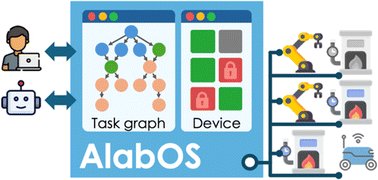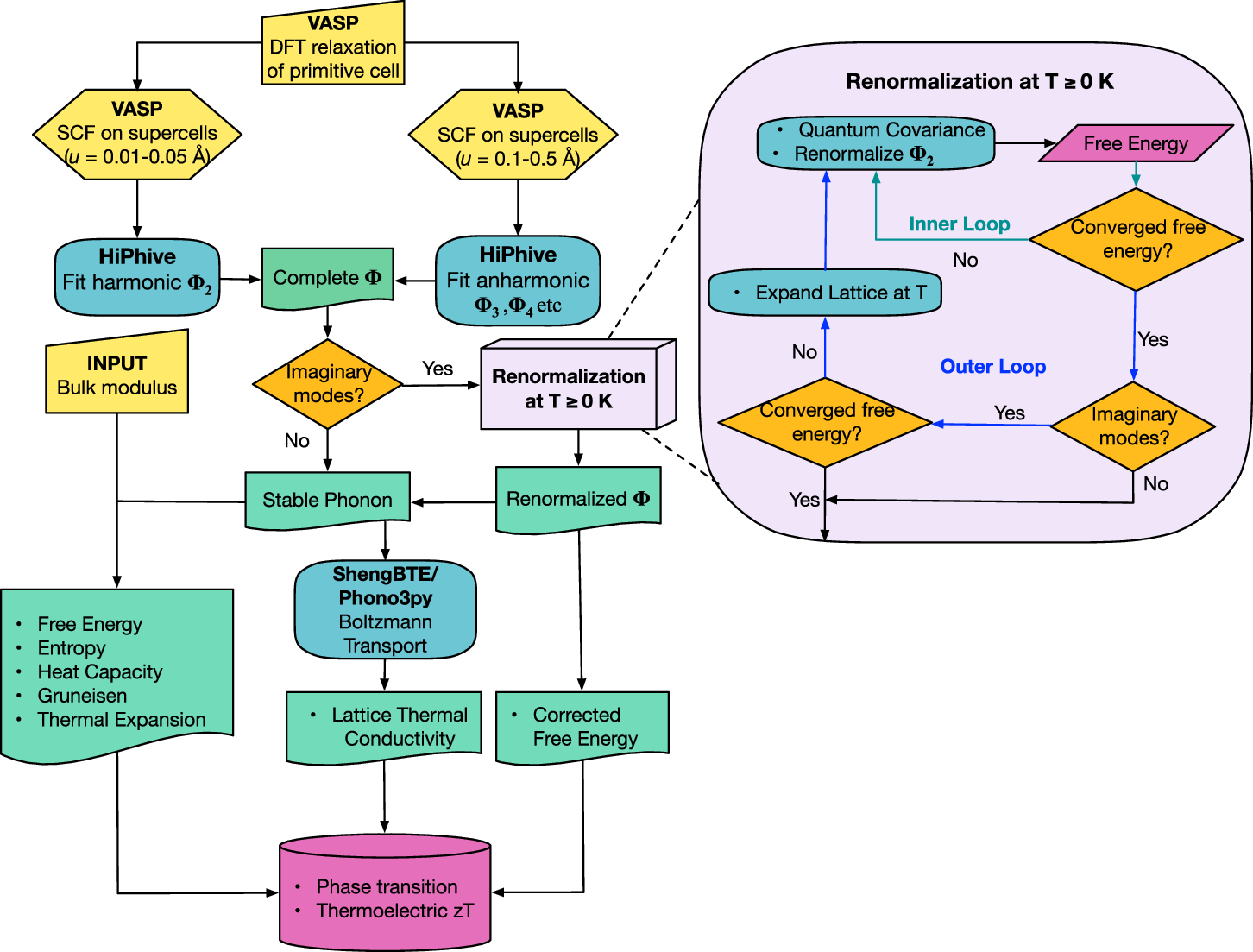Jain Research Papers
@jainpapers
Anubhav Jain
RuO₂-based catalysts remove >90% Se(IV) in wastewater (8 hours). DFT shows Sn doping lowers the energy barrier for reduction by stabilizing intermediates, explaining the superior activity of Ru₀.₉Sn₀.₁Oₓ/TP over pure RuO₂. Hao et al, Nano Lett. doi.org/10.1021/acs.na…
A review of recent developments in machine learning in materials science (growing at ~1.67 yearly for the last decade). Focus on tools/data sets/improvements particularly for inorganic materials property prediction. Jain, Curr Opinion Sol State & Mat Sci doi.org/10.1016/j.coss…
With ~180K materials and millions of calculated properties, the Materials Project enables inverse design, synthesis screening, and discovery. Examples include phosphors, thermoelectrics, electrides, and battery electrolytes. Horton et al, Nature Materials doi.org/10.1038/s41563…
Atomate2 is a fully modular workflow platform for high-throughput DFT and MLIP calculations. Supports ~30 workflows, hybrid DFT/MLIP chaining, defect and phonon automation, & more - collaboration amongst multiple groups! Ganose et al., Digital Discovery doi.org/10.1039/D5DD00…

MLIP evaluation: Matbench Discovery focuses on predicting stability; universal interatomic potentials (UIPs) are top performers w/ ~5X improvement in discovery efficiency. Regression accuracy not the same as discovery! @jrib_ et al., Nat. Mach. Intell. doi.org/10.1038/s42256…

PV-Pro detects off-MPP behavior in solar arrays using real-time modeling that accounts for system degradation. Analyzing a 271 kW array, ~5% of points are detected as off-MPP, largely due to current loss. Li et al, IEEE PVSC doi.org/10.1109/PVSC48…
BiFeO3 synthesis: simulations indicate that Bi nitrate + 2ME form stable dimers via nitrite bridges, contrary to the assumed full solvation route. Text mining shows precursors most often leading to phase-purity. Baibakova & Cruse et al, Digital Discovery doi.org/10.1039/d5dd00…

Using 492 text-mined AuNP syntheses, we show that precursor choice (e.g., CTAB vs citrate) can accurately classify final NP morphology (e.g., rod, cube). But even “identical” recipes can yield 86% difference in aspect ratio. Lee et al, Digital Discovery doi.org/10.1039/d4dd00…

AlabOS is a Python-based framework for managing autonomous materials labs. Supports modular DAG workflows, device/resource coordination, and real-time tracking; used to synthesize >3500 samples at LBNL in 1.5 years. Fei & Rendy et al, Digital Discovery doi.org/10.1039/d4dd00…

A curated review of >50 open PV degradation data sets: environmental, performance, imaging, and materials. We highlight ML-ready(ish) sets, image benchmarks, analysis tools, and where fragmentation still hinders progress. Chen & Li et al, Appl. Energy doi.org/10.1016/j.apen…
DFT-based phonon calculations are expensive particularly for higher-order interactions. Our recent paper shows that it is possible to automate them at 100-1000X speedup using recent fitting tools (originally HipHive, now pheasy): Zhu et al, npj Comp Mat doi.org/10.1038/s41524…

Announcement: Are you a current PhD candidate interested in working in our group at Berkeley Lab? You can be funded to do so via the DOE SCGSR program - please contact me if this is of interest. science.osti.gov/wdts/scgsr/ (program restricted to U.S. citizen & permanent residents)
If anyone is interested in learning pymatgen in 2025, I posted a series of video tutorials on it. You can go from beginner to pymatgen wizard in just a couple of hours: youtube.com/playlist?list=…
Predicting the expected power output of solar PV modules as they degrade can be challenging. The PV-Pro tool can model the internal state of a degraded module to provide accurate estimates of expected power (>17% improvement). Li et al, Renewable Energy doi.org/10.1016/j.rene…
A roadmap on electronic structure methods, covering everything from theoretical methods to education. I contributed to workflows - challenges include interoperability of DFT codes & execution on heterogeneous resources. Blum et al, Electronic Structure iopscience.iop.org/article/10.108…
We apply SHAP analysis to ML models to understand how materials choice affects the overall thermal cycling resilience of solar photovoltaics. Si type, encapsulant thickness, busbar count & wafer thickness have the most impact. Chen et al., Applied Energy doi.org/10.1016/j.apen…
A short perspective (I was a co-author) on opportunities for LLMs in alloy design, headed by Zongrui Pei. Even seemingly small things like alloy naming standardization may be useful! Pei et al, Nature Reviews Materials doi.org/10.1038/s41578…
For the last 8 years, I've been part of the DOE DuraMat consortium to develop 50-year lifetime solar modules. Our recent article summarizes DuraMat's goals and accomplishments, including our group's work on data & software: Owen-Bellini et al, PRX Energy dx.doi.org/10.1103/PRXEne…